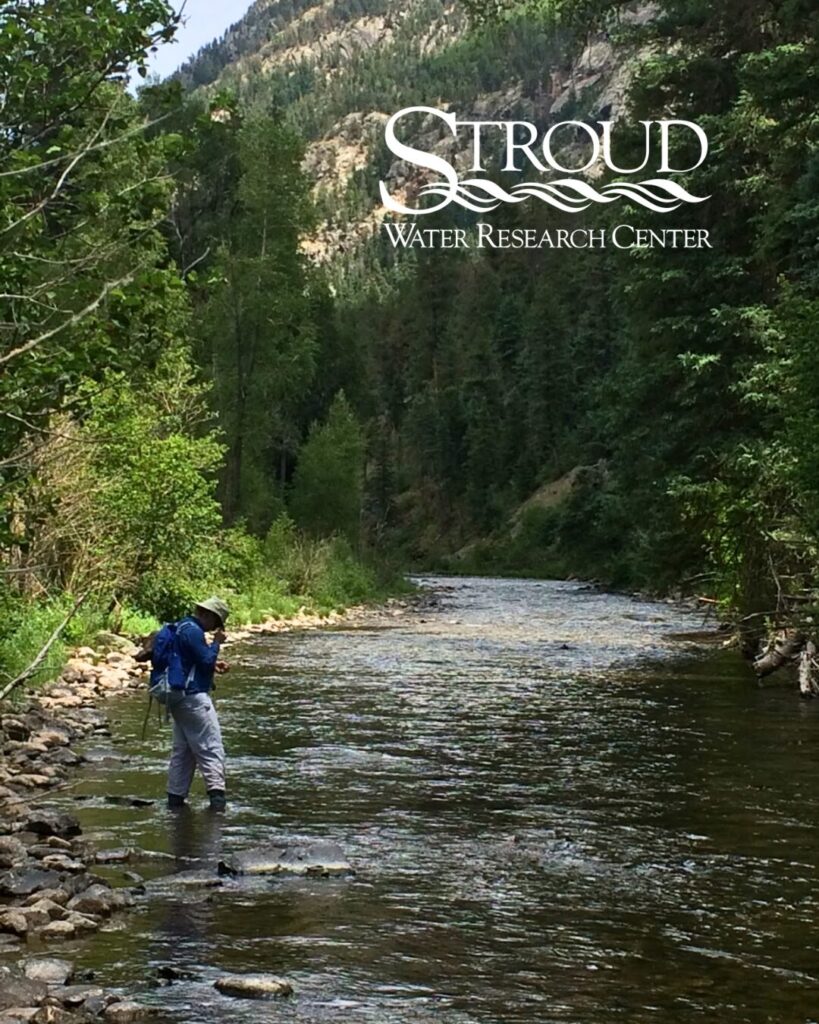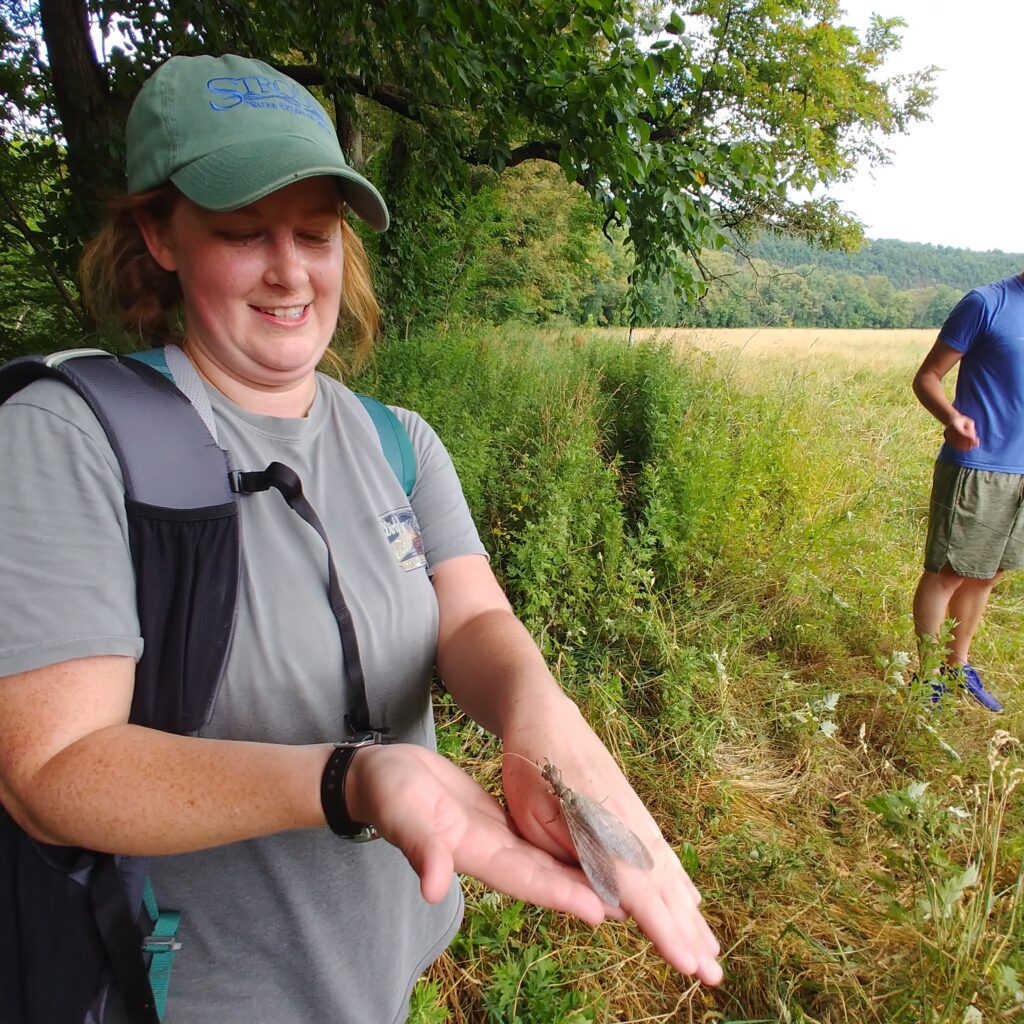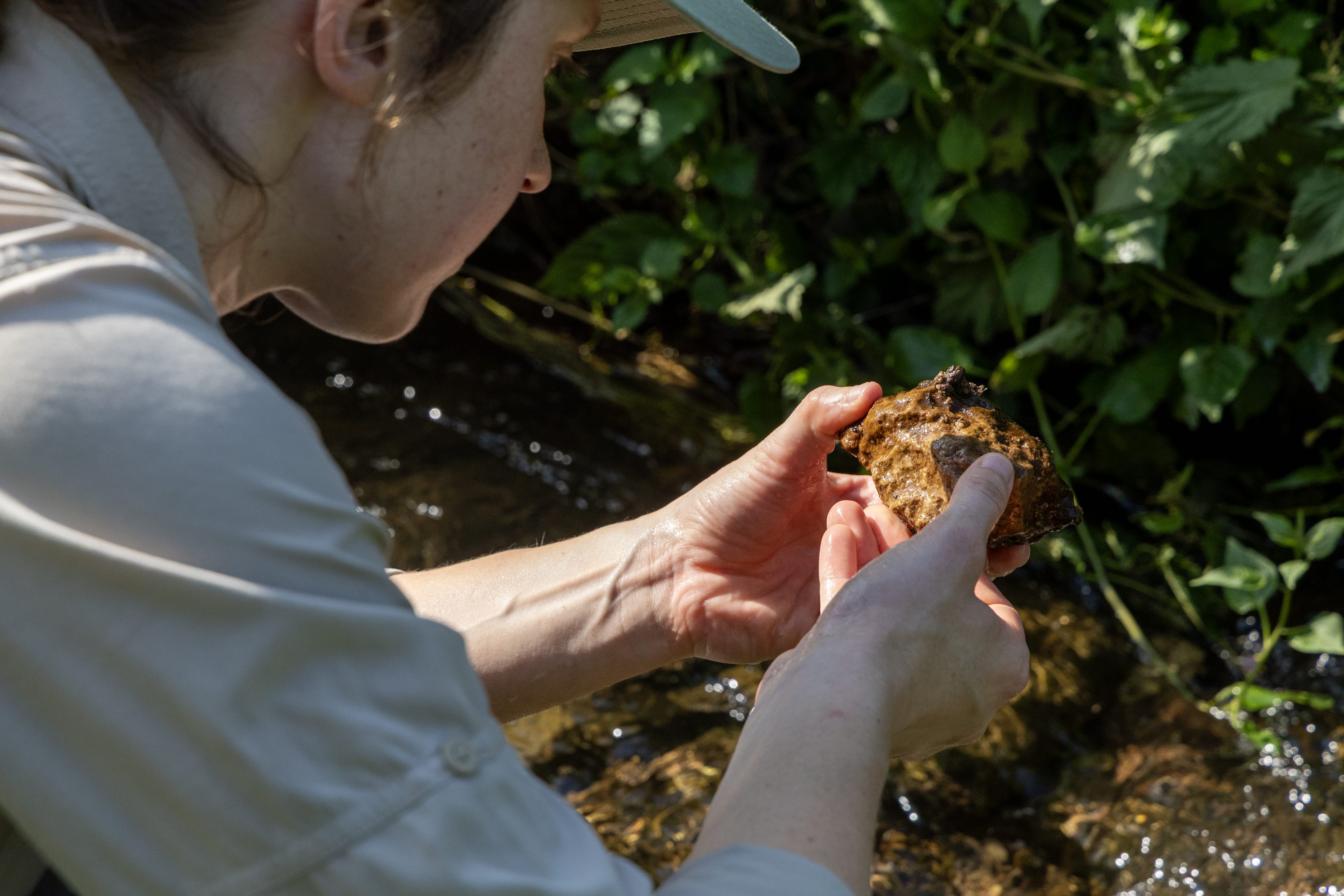Do you hear it?
The rivers are calling you back to a time when life was simpler and nature was your playground.
They’re the places where nature meets humanity.
They unify us. Guide us. Nourish us.
Research leads to stewardship
Stroud Water Research Center has spent more than 50 years studying how streams and rivers work—from the smallest headwaters in the mountains to the mighty rivers that flow to the sea. Its science is not just for scientists: it helps farmers, anglers, landowners and conservation groups protect and restore freshwater resources across the country.

The Stroud Center doesn’t do it alone. Its partnership with Trout Unlimited combines science and stewardship to protect trout habitats across the country.
Putting river science to work to save fish
One standout collaboration is real-time stream monitoring via EnviroDIY. Developed by the Stroud Center and deployed by TU (and many others), EnviroDIY Monitoring Stations are low-cost, solar-powered sensors that measure stream temperature, depth, conductivity and turbidity in real time. Data streams live into Monitor My Watershed, where anyone—from anglers to watershed managers—can see and share the data.
Guides like Ed McCoy in Michigan, for example, use the data to know when stream temperatures make trout vulnerable. When stream water gets too warm, he switches to targeting other species rather than stressing fish already struggling with the heat. His clients still enjoy a great day on the water, and trout get a fighting chance to survive and thrive.
The program has grown thanks to leadership from Jake Lemon, TU’s eastern angler science coordinator.
Aiding in hands-on experiences
TU and the Stroud Center partner in ways beyond monitoring. Through the STREAM Girls program, girls blaze new trails where STEM, conservation and fly fishing intersect. Participants engage in hands-on watershed science, fly-tying, stream exploration and even catch-and-release fishing. TU anglers and Stroud Center educators lead these experiences.

The Stroud Center also collaborates on watershed restoration, such as planting streamside forests that cool water, stabilize streambanks and support the aquatic insects that trout eat. TU volunteers and chapters often join restoration and stream monitoring efforts, creating healthier, more resilient streams.
Follow the rivers to learn more
When you follow the rivers, you discover how upstream actions ripple downstream, impacting not just water quality, but communities, wildlife and future generations.

Together with TU, Stroud Water Research Center is building a network of data, education and restoration that revives these vital systems. This partnership is proof that every river has a story worth listening to.
Join in refreshing our greatest natural resource. Stop, listen, and step in at stroudcenter.org/rivers.



